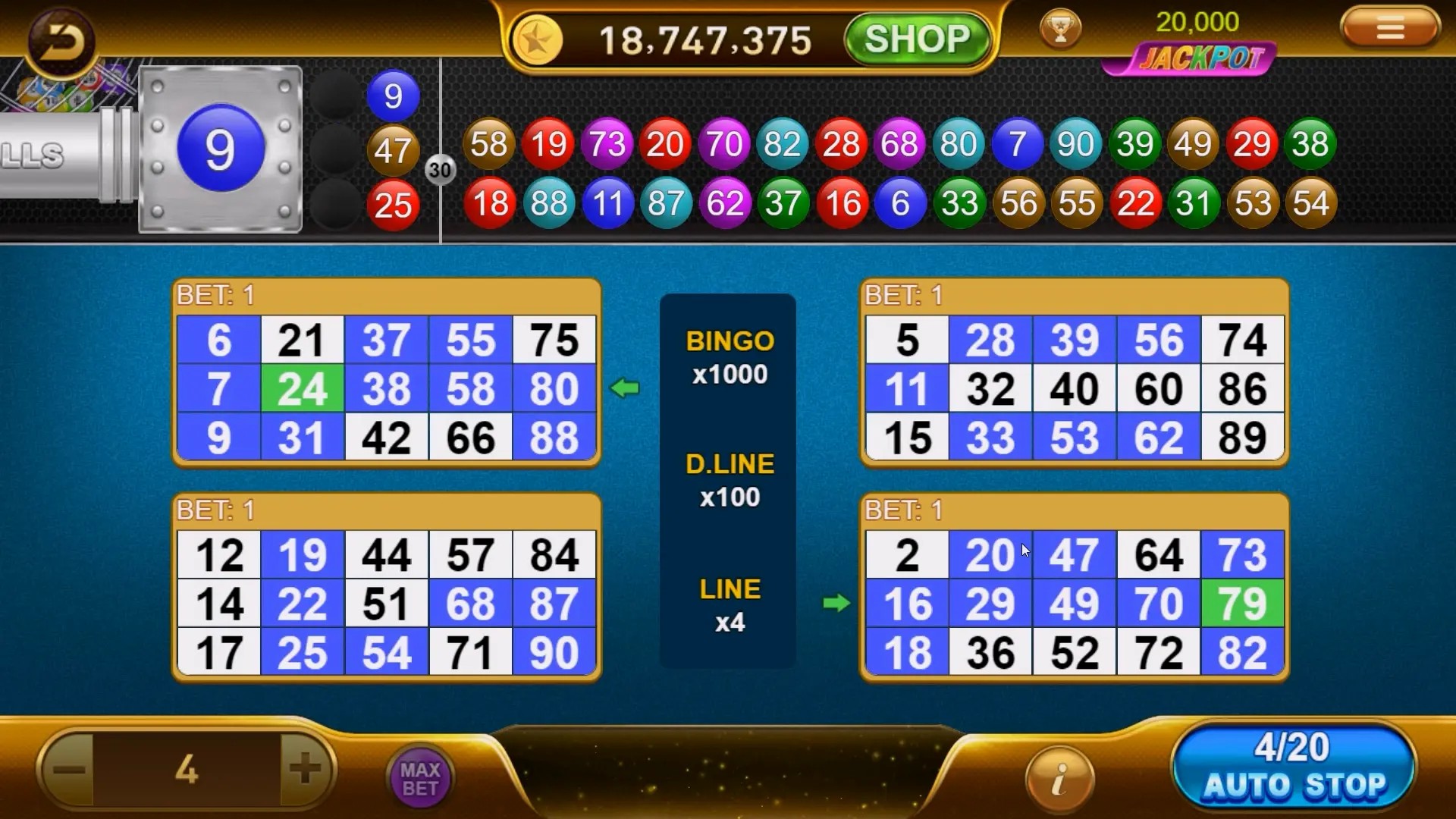Why Idle Games are Revolutionizing Resource Management in the Gaming Industry
Idle games have taken the gaming world by storm, presenting a unique blend of strategy and simplicity that captivates both casual and hardcore gamers. Whether you’re tapping away on your mobile device or managing resources in a browser, idle games offer a refreshing twist on how we engage with games. This article dives into why idle games are revolutionizing resource management in the gaming industry, exploring their mechanics, popularity, and the potential they hold for future innovations.
The Basics of Idle Games
Idle games, also known as clicker games, are characterized by their simple gameplay mechanics. Players typically engage in minimal direct interaction, allowing resources to accumulate over time. Below are some fundamental characteristics:
- Passive Income Generation: Players can earn resources without constant involvement.
- Incremental Upgrades: As players accumulate resources, they can invest in upgrades that make resource generation more efficient.
- Easy Accessibility: These games can often be played on various platforms, catering to a wide audience.
Resource Management in Gaming
Resource management games focus on the strategic allocation and utilization of resources to achieve particular goals. They offer players a delicate balance between planning and execution. Traditionally, games like "Clash of Clans" excel in this area, requiring players to build, defend, and gather. But how do idle games fit into this equation? The answer lies in their innovative approach to resource management:
| Traditional Games | Idle Games |
|---|---|
| Active player engagement needed | Minimal interaction, allows passive gaming |
| Real-time strategies play a major role | Players can set strategies and watch them unfold |
| Customizable challenges based on player interaction | Scenarios play out over time, independent of the player’s presence |
Game Design and Mechanics
The simplicity of idle games doesn’t diminish their complexity in design. Developers have tapped into psychological triggers, ensuring they keep players coming back for more. The use of enticing visuals, rewards, and a sense of achievement melds together seamlessly to keep players engaged.
Popularity Among Casual Gamers
Idle games have gained monumental popularity, particularly among casual gamers. What is it about these games that make them so appealing?
- Low Commitment: Players can engage with the game whenever they have a moment to spare.
- Incremental Progression: Players see the fruits of their labor quickly, even if they step away from the game.
- Community Aspect: Social media and forums allow for sharing achievements and strategies.
Analyzing User Engagement
The engagement level in idle games often outpaces traditional gaming formats. Players remain invested thanks to:
- Consistent Updates: Many idle games receive frequent updates, introducing new features and challenges.
- Leaderboards: These foster friendly competition among players.
- Special Events: Seasonal events add a layer of excitement and urgency.
Potential for Development
As the gaming landscape evolves, so does the approach to idle games. Developers are continuously innovating with features like:
- Multiplayer Formats: Allowing for competitive idle gameplay can expand engagement.
- Enhanced Graphics: Integrating visually stunning elements can attract more players.
- Cross-Platform Play: Bridging mobile and console experiences offers flexibility.
Integrating Traditional Strategies
Interestingly, idle games are also integrating elements from traditional resource management games. The fusion of clicker mechanics with strategic planning diversifies gameplay. For instance, games like "Clash of Clans" allow players to gather resources, build infrastructures, and defend from opponents.
What the Future Holds
Looking forward, it’s clear that idle games are not just a passing trend. With advancements in technology and understanding of player behavior, they are likely to be at the forefront of innovative game design. How will developers leverage these insights? The possibilities are endless:
- Integration with Augmented Reality (AR): Creating immersive idle experiences.
- Virtual Economy Development: Crafting in-game economies that mirror real-world principles.
- Educational Components: Using resource management games for teaching strategy and planning.
Conclusions
In conclusion, idle games are revolutionizing resource management in the gaming industry by offering unique mechanics, enhancing user engagement, and adapting traditional strategies for modern audiences. With their growing popularity and innovative potentials, we’ve only scratched the surface of what idle games can accomplish. As we watch this genre continue to evolve, one thing is certain: the landscape of gaming will never be the same. So, grab your device and dive into the world of idle games – the revolution is just beginning!



